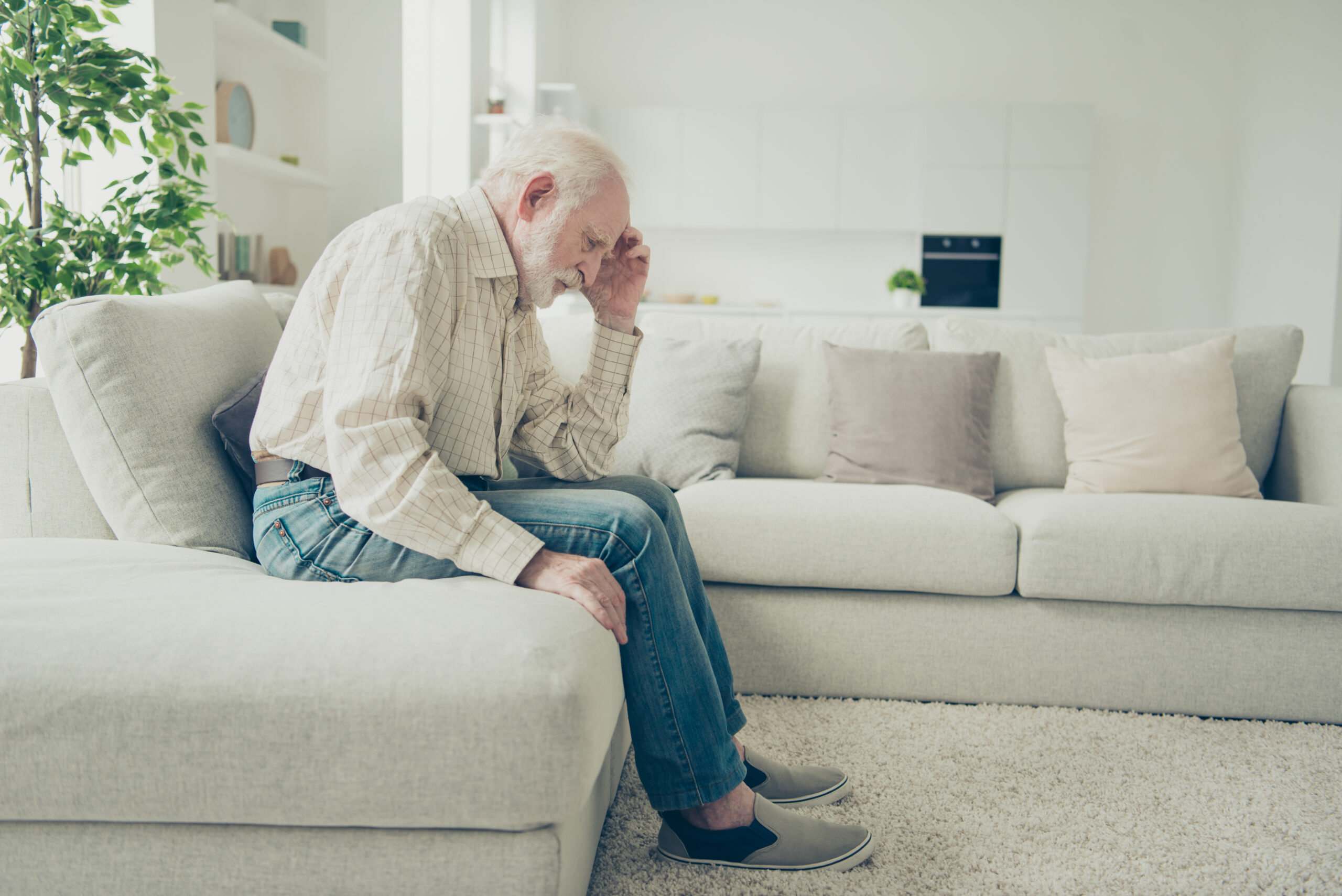How does menopause affect movement
Menopause is a natural phase in a woman’s life, usually happening between the ages of 45 and 55. It marks the end of menstrual cycles and brings many changes to the body, including how movement feels and works. Understanding these changes can help women stay active and healthy during this time.
One big way menopause affects movement is through muscle loss. As estrogen levels drop, muscles tend to get weaker and smaller. This loss of muscle strength can make everyday activities like walking, climbing stairs, or lifting things feel harder than before[1]. The muscles around the pelvis are especially affected, which might cause problems with balance or pelvic floor function—this means some women might experience issues like urinary leaks or discomfort when moving[1].
Another change is joint stiffness and pain. Many women notice their joints feel stiffer during menopause because lower estrogen affects joint lubrication and inflammation levels. This stiffness can reduce flexibility and make movements less smooth or more uncomfortable[1]. It may also increase the risk of injuries if not managed well.
Blood flow also changes during menopause due to hormonal shifts that affect cardiovascular health[5]. Reduced blood circulation means muscles don’t get as much oxygen and nutrients as they used to when moving around. This can lead to quicker fatigue during exercise or daily tasks.
Despite these challenges, staying active is one of the best ways to counteract negative effects on movement caused by menopause. Regular exercise helps maintain muscle tone, improve joint flexibility, boost circulation, and support overall well-being[3][5]. Activities like brisk walking, swimming, yoga, or gentle strength training are great choices because they are low-impact but effective for keeping muscles strong without stressing joints too much.
In addition to physical activity:
– Pelvic floor physical therapy can help address specific issues related to pelvic muscle weakness caused by menopause[1].
– A balanced diet rich in fruits and vegetables supports healthy muscles and joints.
– Managing stress through relaxation techniques improves blood flow.
– Staying hydrated helps keep tissues flexible for better movement.
In summary: Menopause naturally brings changes that affect how women move—muscle loss makes strength decline; joints may become stiff; blood flow decreases causing fatigue—but regular movement combined with good lifestyle habits can greatly ease these effects. Embracing an active routine tailored for comfort will help maintain independence and quality of life throughout this stage.[1][3][5]





